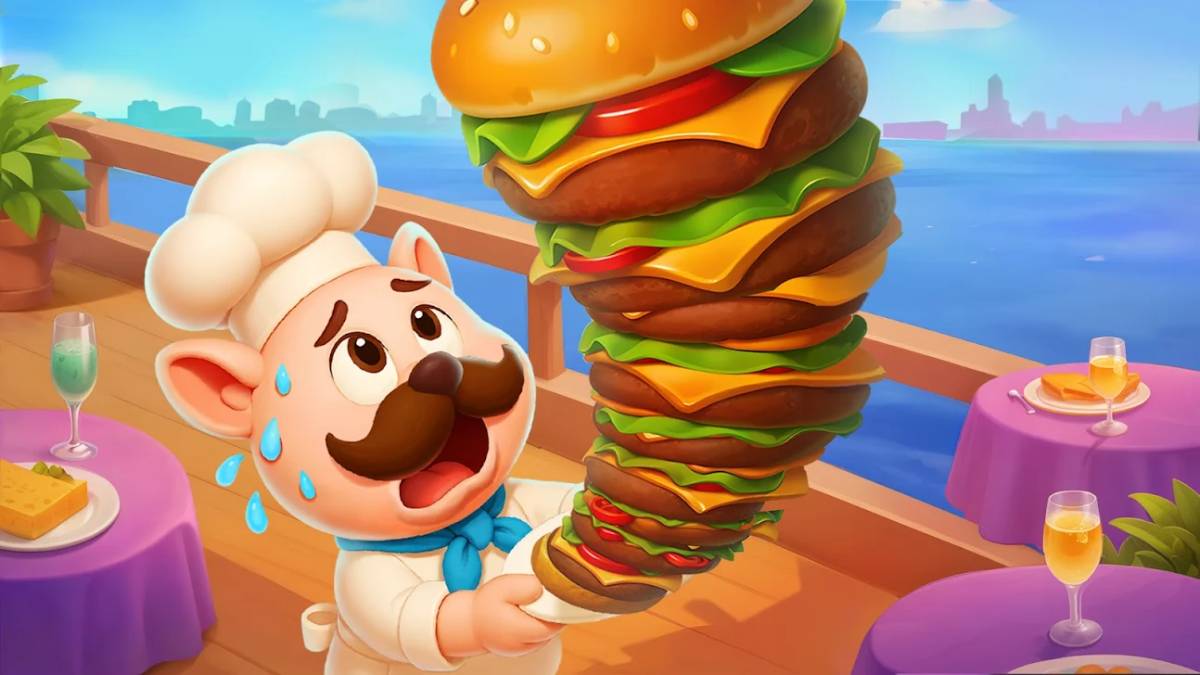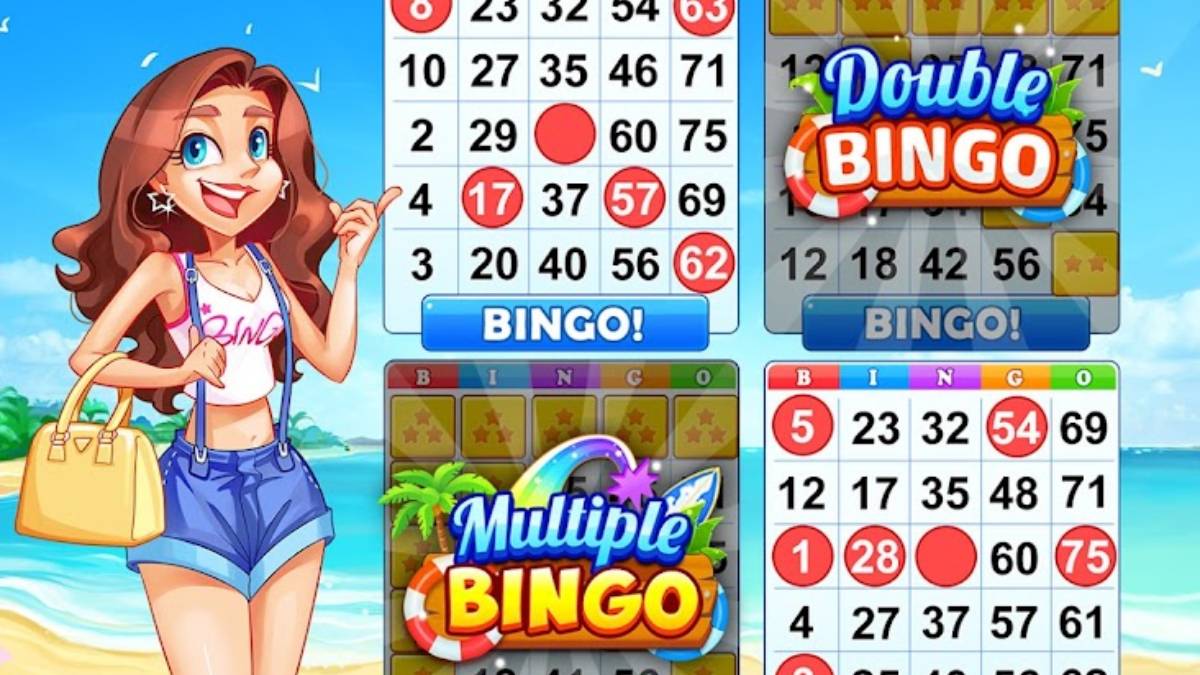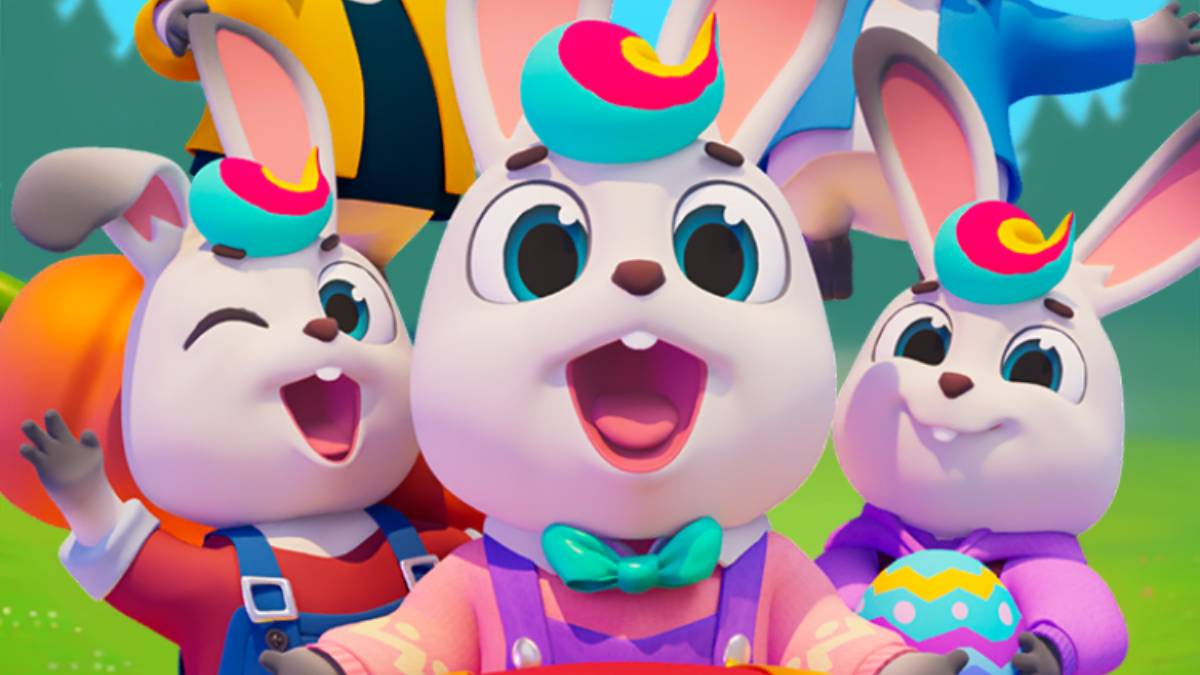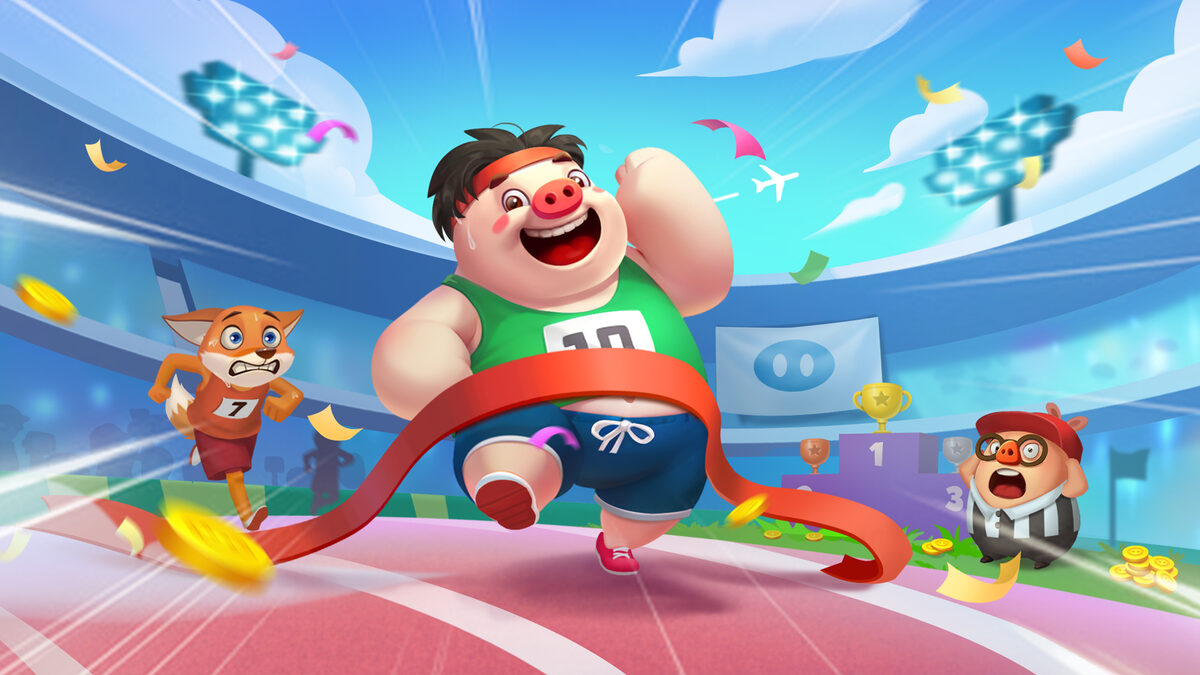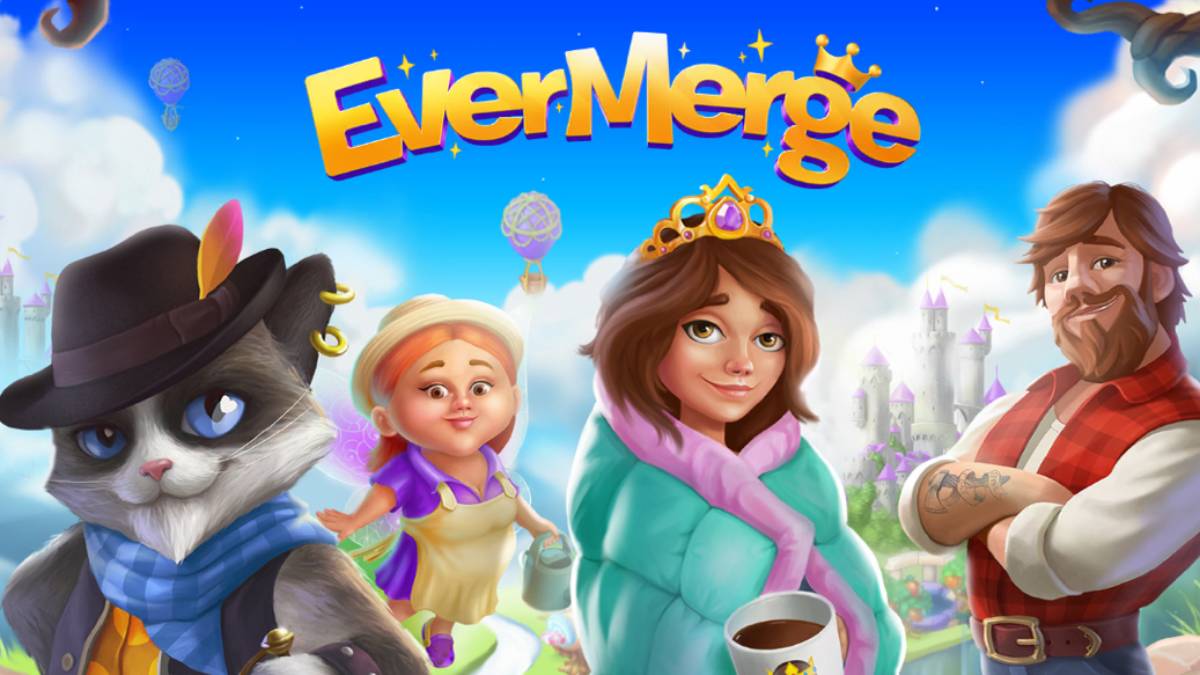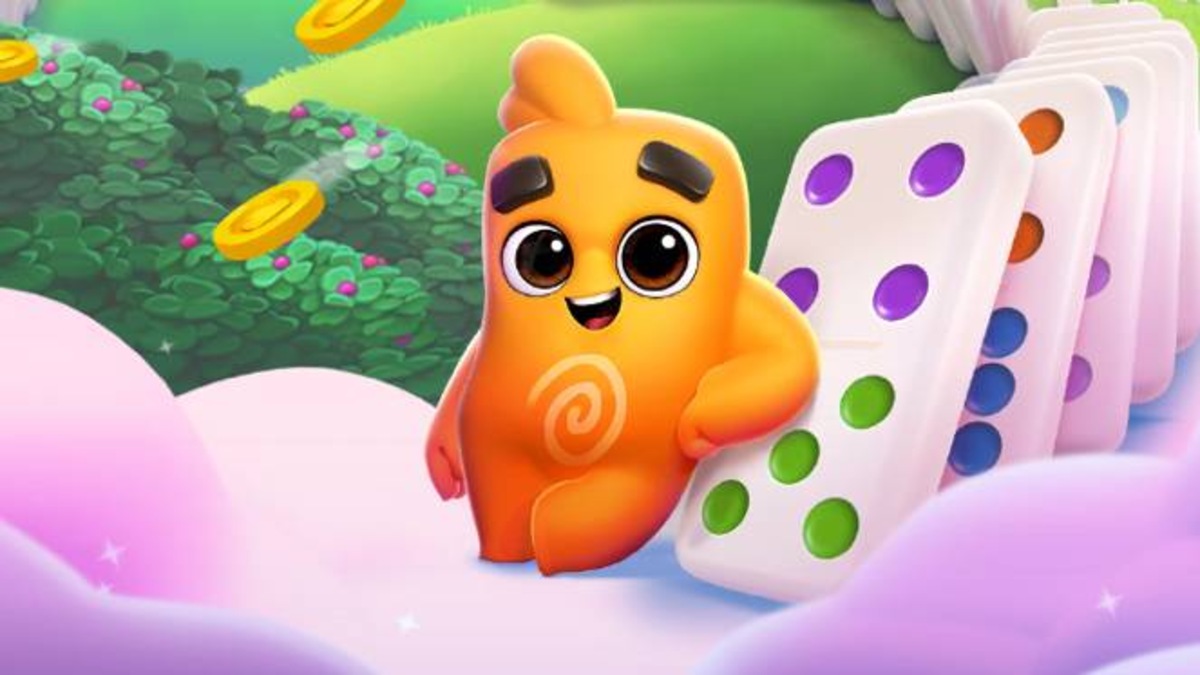You can trust VideoGamer. Our team of gaming experts spend hours testing and reviewing the latest games, to ensure you're reading the most comprehensive guide possible. Rest assured, all imagery and advice is unique and original. Check out how we test and review games here
Dungeons & Dragons is great. It’s like playing a video game RPG, but you have to do all the work. Wait, let’s start again. Dungeons & Dragons is a tabletop roleplaying game which gives you an incredible amount of freedom to create your character and interact with a rich fantasy world, and you get to hang out with friends regularly at the same time. It’s a really fun thing to get into, and to encourage you all to do so please enjoy this basic introduction to the game, and what you need to get started.
What is Dungeons & Dragons?
Key question; glad you asked. Critical thinkers like you will go far in Dungeons & Dragons, which is, incidentally, what we call a tabletop or pen and paper roleplaying game. Unlike a video game RPG, in D&D you have to do all the legwork figuring out your character and creating the game in your mind, but the payoff is correspondingly greater as well. As in, your sense of satisfaction and personal achievement. There are no actual physical rewards.
In D&D you create a custom character and, with a party of similarly customised characters, go on fantastical adventures which you describe happening. Each of the players take turns to do things and, in most cases, determine their character’s success at said things by rolling dice. It’s the same sort of system in most video game RPGs, but in that case the game does the dice rolls behind the scenes. The other difference between tabletop RPGs and games is that you’re limited by how much stupid stuff you can imagine trying in any given situation, rather than how many bugs in the latest Bethesda game can be exploited.
Basically if you’ve seen the Advanced Dungeons & Dragons Episode of Community you’re halfway to understanding it already.
What kind of world is Dungeons & Dragons set in?
Without overcomplicating it, almost every adventure takes place in the Forgotten Realms, which is a game world you may be familiar with if you ever played Neverwinter Nights. Games usually focus on a continent called Faerun, with swathes of forests and mountains in between towns and cities. It’s all very similar to the worlds of Game of Thrones/Dragon Age/The Elder Scrolls, but with the usual little tweaks so nobody can sue anyone else in the intense cluster of semi-medieval, magical, elves and dwarves and goblins, oh my! settings.
What kind of group do I need to play Dungeons & Dragons with?
Hopefully people you know aren’t massive pricks because, if everything goes to plan, you’ll be spending quite a bit of time with them. D&D games tend to be started by people who already know each other, but you can meet people at a local tabletop gaming place, put calls out on social media, or find open groups on community websites. Ideally you’re going to need around four party members (though you can have more, but it starts stretching the game out) and a Dungeon Master.
What’s a Dungeon Master?
The Dungeon Master (or DM, sometimes GM for Game Master) is probably the most important person in the game – they set all the scenes, play all the NPCs, and control all the enemies you’re facing. As the puppet master behind the baddies your DM is basically trying to kill your characters all the time, but their more important job is to make sure you have fun. So get a good one; it’s helpful if they’ve run a game, or at least played Dungeons & Dragons, before.
Some DMs are really intense and, for example, dock XP if you go out of character or say anything anachronous. These DMs probably do not have a lot of social events to attend, but boy will they make a roleplayer of you.
What’s the best way to play Dungeons & Dragons?
First of all, you should probably set a day and a time when your group always has your games. They can easily take hours if you get into it, and leaving them as an unbooked appointment means you have to scramble to organise it every time. Committing in advance means everyone’s already set their expectations. This can be weekly, monthly, whatever you like.
D&D was originally designed to play face to face around a table and a map, but if that isn’t possible for your group then there are other options in this, the age of the internet. You can quite easily play over a video or voice chat, or use a dedicated system like Roll20, a website that allows you to find games and helps with character and game building. There’s a fee to unlock all the resources, but you can join a lot of the game sessions hosted on there for free.
What do I need to play Dungeons & Dragons?
Well, first of all you’ll need the rules. Depending on the edition you’re probably going to want the Player’s Handbook, and the Monster Manual and Dungeon Master’s Guide for the DM if they don’t already have that. Then you’ll need your character, and somewhere to write up all their stats and info (there are official character sheets, but you can just as easily write it out yourself or type it up on a spreadsheet; whatever makes sense to you).
You need an adventure to go on, and you can buy set ones with names that Burns would immediately hate e.g. Hoard of the Dragon Queen, or your DM can lovingly craft one from scratch if they can be arsed. You also need a map, either in front of you or online, as a point of reference for what’s happening in game. And you will always, always need dice.
What dice do you need to play Dungeons & Dragons?
Your dice are incredibly important. The dice control your fate in the game. They’re like whoever is currently the best, most capricious football manager. Sports. Anyway. You can buy them in sets, and it’s good to get a couple because a) there will come a point when you need to roll more than one of the same type and b) sometimes one set of dice will betray you with terrible rolls, and then you can pick favourites.
Your main die will be your 20 sided one, your d20, which you roll before you do anything to see how well you’ve done it. Then you descend through the ranks: d12, d10, d8, d6 (also known as normal die for regular people), and d4, each with the stated number of sides and each kind of funny looking. Depending on what you’re doing you could use any or all of these alongside your d20. If I was attacking an enemy, for example, I would roll the d20 to see if I successfully hit them with my attack, and then I might roll a d8 to see how much damage I do.
Which edition of Dungeons & Dragons should I play?
Generally speaking the earlier editions are the more difficult ones, but a lot of people play what’s known as 3.5E, the little update that came after the 3rd edition which changed a few things but wasn’t quite a whole new edition, so you might want to take a look at it.
Pretty much everyone agrees that the 4th edition was a load of nonsense, so don’t play that, but the 5th edition, which is the most recent, is pretty good. It’s probably the best choice for brand new players, because a free PDF was released for 5E with the basic rules, and you can buy a Starter Pack for it which contains some premade characters and scenarios for you to have a run around with.
How do I create a character in Dungeons & Dragons?
Character creation is a complex process, to be fair, but when you’re making a character you should talk to the rest of your team. Like in all RPGs you need to balance your party, so you can‘t all play as wizards. Well, you can, but it’d be an hilarious clusterf*** of a game. So, actually, maybe definitely do that, but not for your first time.
You’ll generally need a big strong tank type, a DPS (that’s ‘damage per second’ to the uninitiated) that can lower enemy health quickly, and it’s useful to have someone who can heal you up if necessary. Luckily there are a bunch of classes to explore that cover these, a lot of the time in combination, including all the old RPG favourites like ranger, wizard, barbarian, rogue etc (but, for the record, rogue is a broken, imbalanced class in 5E)
The personality stuff is all up to you though. Go your own way.
How does roleplaying work in Dungeons & Dragons?
The concept of roleplaying a character can be intimidating the first time you do it (especially if your DM can immediately drop into character for NPC conversations, and you find that while a moment ago you were talking to a dude from the West Country you are now talking to a queen bitch elf huntress). The best advice is to just get stuck in and go as far as you’re comfortable with.
As long as every so often you internally check that your character is doing what they would do, rather than what you would do, then you’re probably alright. Describing what your character is up to in the third person or going all out by doing a funny voice and using first person pronouns are both equally valid ways to play a tabletop RPG, and don’t let anyone tell you otherwise.

